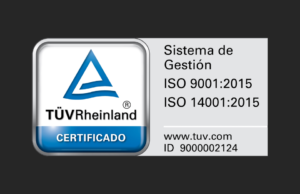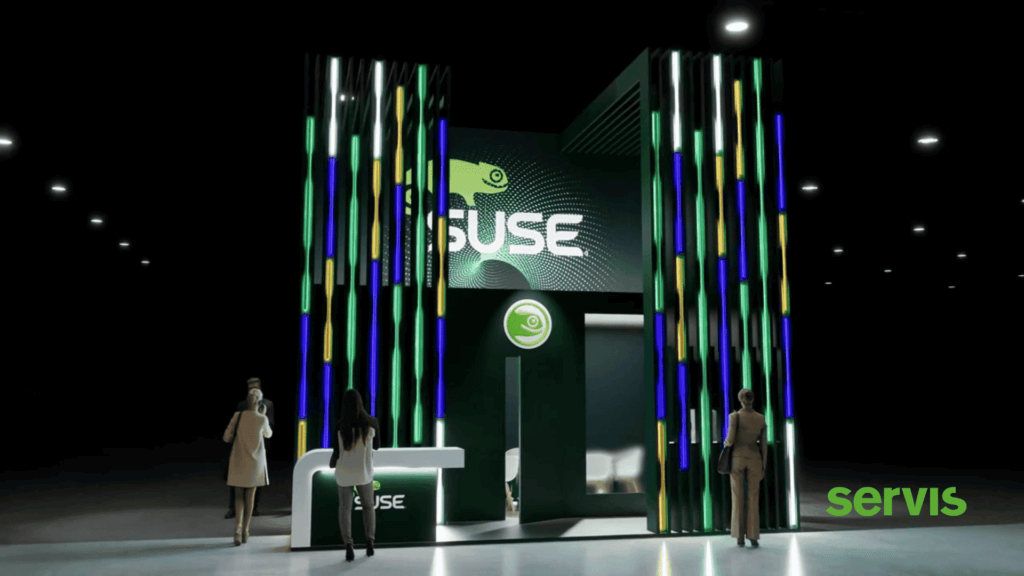How do I calculate the capacity for an event?
Calculating the capacity for an in-person event is essential to ensure the comfort and safety of attendees, as well as to comply with current regulations. Although social distancing measures are no longer mandatory, it is still crucial to consider several factors to calculate the capacity properly and optimize the experience for participants.
Table of contents
Calculating the capacity for an in-person event is essential to ensure both the comfort and safety of attendees. In this post, we explore the basic rules for different types of spaces, from trade shows to conferences, and explain how factors such as furniture arrangement, ventilation, and circulation influence this calculation. We also highlight the importance of good space design to ensure an optimal experience, emphasizing how professional expertise and advice can be key to the success of your event.
Guidelines for Calculating Event Capacity
Trade Show Halls
Meeting Rooms and Conference Halls
In these types of spaces, it is recommended to have 1 person per 2 m². If the room has fixed seating, it’s important to verify the maximum capacity that these allow and ensure it is not exceeded to avoid discomfort.
Events with fixed seating
It is suggested to operate at 100% capacity as long as the venue’s evacuation and safety regulations are followed. It is crucial to keep exit routes clear and ensure that all attendees can enter and exit the venue safely.
Factors to Consider for Calculating Event Capacity:
When calculating the capacity for an in-person event, it is crucial to consider several factors that directly affect the space’s capacity and the safety of attendees. An accurate calculation not only ensures compliance with current regulations but also guarantees that all participants have a comfortable and safe experience. These factors will help you determine the optimal number of people who can attend your event.
Ventilation
Do you have questions about your participation in a trade show?
Get our free consultation!

Receive detailed guidance to ensure each event perfectly reflects your brand’s essence.
The space design should allow for smooth circulation, with clearly defined access and exit routes, free of obstructions. This is especially important to avoid overcrowding and ensure that all attendees can move easily throughout the venue.
Depending on whether attendees will be standing or seated, the capacity can vary. For example, in events where people are standing, a higher density of people per square meter is usually allowed compared to events with fixed seating.
The arrangement of furniture, such as chairs, tables, or stands, directly affects the space’s capacity. Proper planning of the layout not only optimizes the use of space but also helps create a smoother and more comfortable overall experience for attendees. This is especially important in events where circulation and access to different areas are critical to the event’s success.
It is always essential to review the local regulations that apply to the type of event and the specific venue. These regulations may include requirements regarding the maximum capacity, safety measures, and other aspects related to the capacity.
Request your exhibition stand design proposal!
Fill out the form and get a 3D stand proposal!
Our services
Contact

ISO 9001 and 14001 certified

Certified for CO2 offsetting

Eventsoft certified




